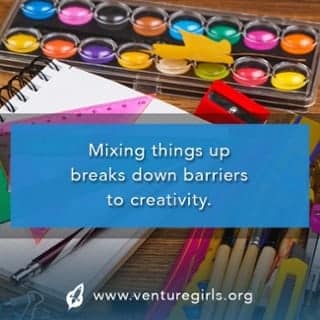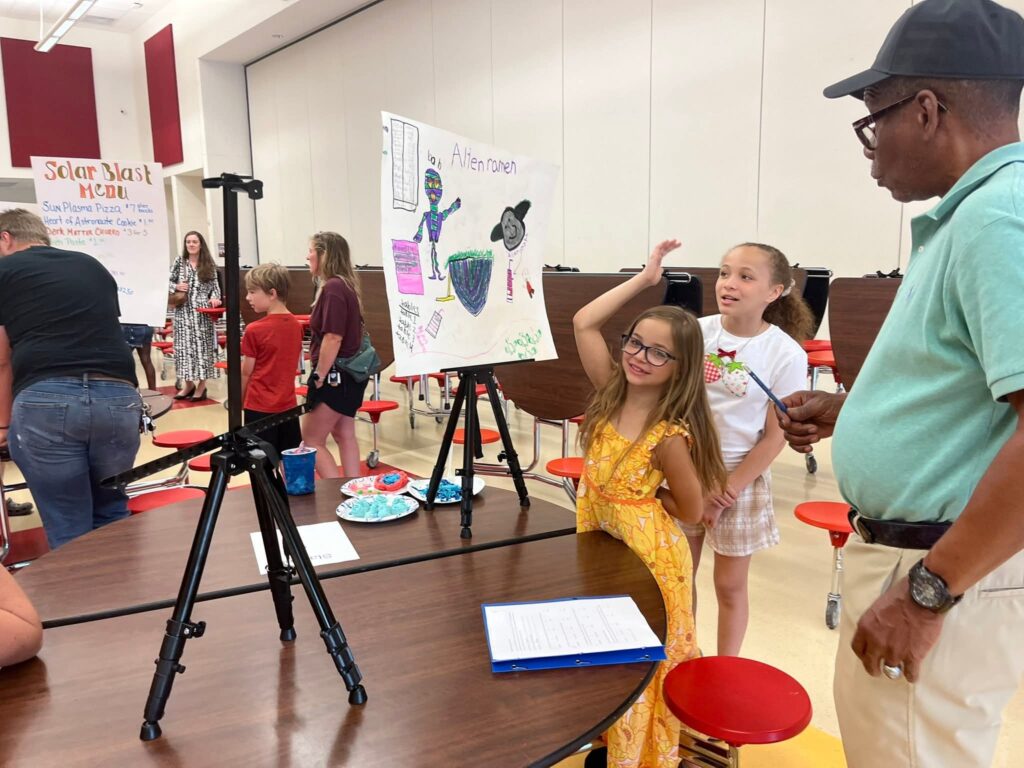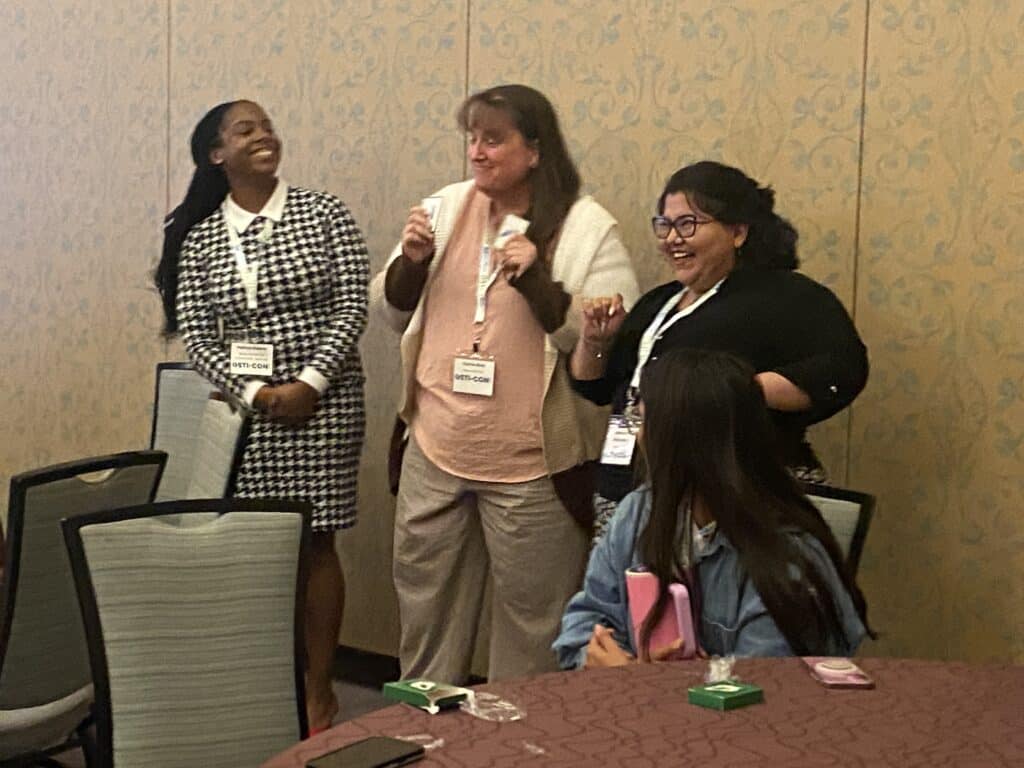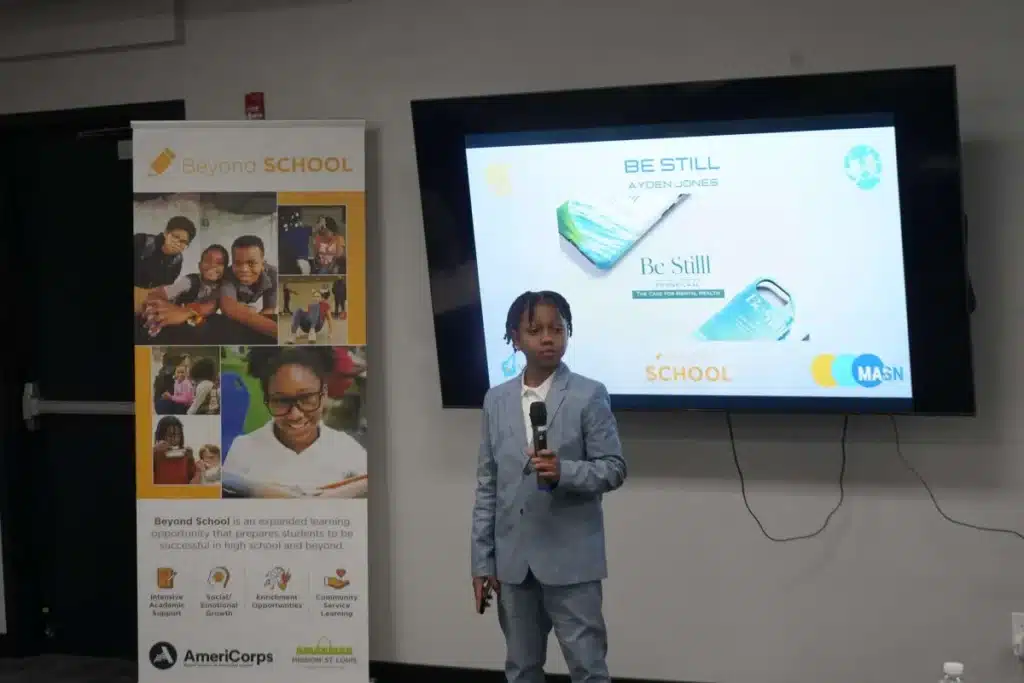A family that lived in Italy 700 years ago changed history so much that we still talk about it today. The Medici were wealthy, entrepreneurial, politically powerful, religiously connected (producing four popes) and, as if that weren’t enough, influential in helping to kick-start the Italian Renaissance.
The Medici were a curiosity-driven bunch. They loved a good conversation, were generous patrons of arts, and brought together different disciplines (such as painters and scientists) so often that the “Medici effect” has come to mean combining minds and disciplines to spark breakthrough ideas.
To be a Medici was to be a creativity connoisseur. Interestingly, the Medici women managed their own lives and individually patronized the arts to a degree that was unusual for the era.
Entrepreneur Frans Johansson has written The Medici Effect, a book inspired by this remarkable family, and explores what it takes to break down the “associative barriers” that inhibit creativity, that is, the constraints in our thinking that limit possibilities. Creativity requires strategies to break down mental barriers and form new associations.

Entrepreneurial thinking is often interdisciplinary thinking. Without always consciously realizing it, entrepreneurs, inventors and innovators use techniques such as reversing assumptions, mixing up cultural norms, and turning problems around every which way to see them from other perspectives. Rubbing seemingly dissimialr fields together creates sparks just as does the rubbing together of pieces of flint.
From what Johansson has written, and from my own observations and studies, I have identified seven strategies that play out in our youth entrepreneurship programs—strategies that encourage the curious child to embark on a quest of discovery, mixing things up breaks down barriers to creativity. I will explore those seven strategies over the next few blog posts.
I’d love to hear about your own experiences in encouraging children to awaken their quests for discovery. What was the situation, and what were the results? Thank you for sharing!




